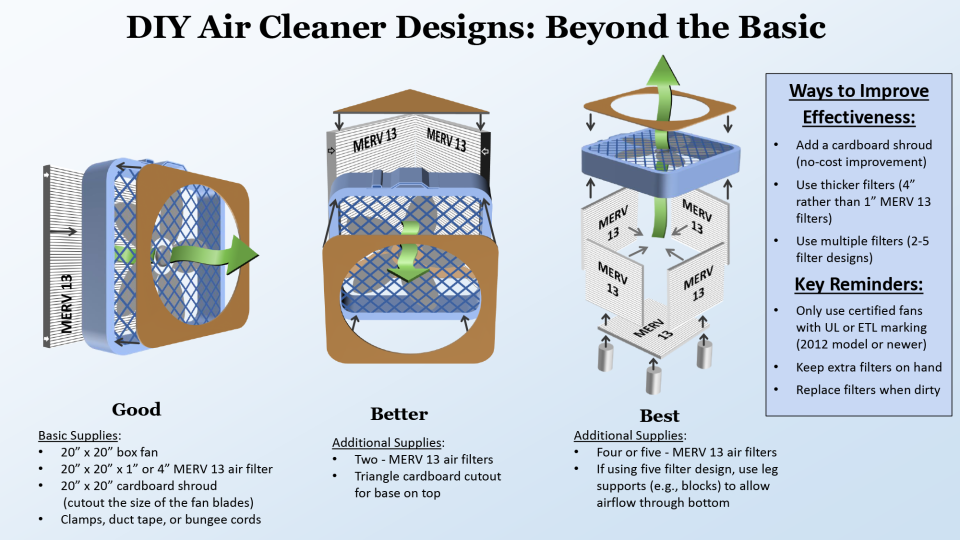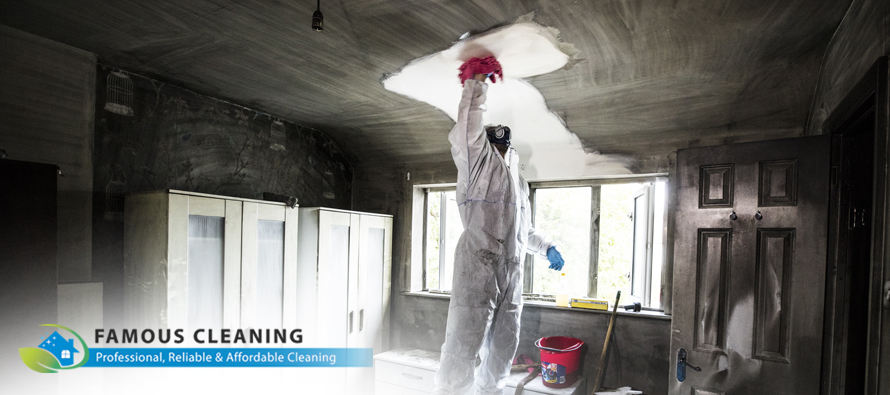Dealing with lingering cigarette smoke is frustrating. The smell clings to everything, and the health concerns are real. Fortunately, you don’t have to live with it. This guide provides quick fixes to eliminate odors and comprehensive solutions to purify your air, making your home a healthier and more comfortable space.
While a quick spray of air freshener might mask the smell temporarily, it doesn’t address the underlying problem. This comprehensive guide will walk you through a range of solutions, from simple DIY methods to investing in advanced air purification technology. We’ll cover everything from cleaning surfaces to improving ventilation and using specialized filters, ensuring you can completely eliminate cigarette smoke from your home. By the end of this article, you’ll be equipped with the knowledge to breathe easier and enjoy a smoke-free environment.
Common Causes of Lingering Cigarette Smoke
Cigarette smoke isn’t just the visible plume; it’s a complex mixture of particulate matter and gases that permeate surfaces. Understanding these causes helps target your purification efforts.
Particulate Matter
Tiny particles from smoke settle on surfaces like walls, furniture, and carpets. These particles are released back into the air with even slight disturbances.
Gas-Phase Pollutants
Gases like formaldehyde, benzene, and toluene are released during combustion and linger in the air, contributing to the persistent odor and health risks.
Absorption into Materials
Porous materials like upholstery, carpets, and drywall absorb smoke particles and gases, making them difficult to remove.
Multiple Solutions to Purify Air from Cigarette Smoke

Here are several methods, ranging from simple to more involved, to eliminate cigarette smoke from your home.
Method 1: Ventilation & Air Exchange
This is the quickest and easiest initial step.
Diagnosing the Issue
Assess the airflow in the affected rooms. Stale, smoky air indicates poor ventilation.
Fix Steps
- Open Windows and Doors: Create cross-ventilation by opening windows and doors on opposite sides of the room or house.
- Use Exhaust Fans: Run bathroom and kitchen exhaust fans to draw out smoky air.
- HVAC System: If your HVAC system has a fresh air intake, ensure it’s functioning properly.
Testing
Monitor the air quality. If the smell persists after 30-60 minutes, move to the next method.
Method 2: Deep Cleaning Surfaces
Smoke residue clings to surfaces. Thorough cleaning is essential.
Diagnosing the Issue
Identify surfaces most affected by smoke: walls, ceilings, floors, furniture, curtains.
Fix Steps
- Walls and Ceilings: Wash walls and ceilings with a solution of warm water and a degreasing cleaner (trisodium phosphate is effective but requires caution – follow safety instructions carefully).
- Floors: Vacuum carpets and rugs thoroughly. Steam clean if possible. Mop hard floors with a suitable cleaner.
- Furniture: Vacuum upholstery and wipe down hard surfaces. Consider professional cleaning for heavily soiled items.
- Curtains & Fabrics: Launder or dry clean curtains, drapes, and other fabrics.
Testing
Smell surfaces after cleaning. Repeat if odor persists.
Method 3: Activated Carbon & Baking Soda Absorption
These materials absorb odors effectively.
Diagnosing the Issue
Identify areas with the strongest odor concentration.
Fix Steps
- Baking Soda Bowls: Place open bowls of baking soda around the room. Replace every few days.
- Activated Carbon Filters: Use activated carbon filters in air purifiers (see Method 4). You can also place activated carbon in small, breathable containers around the room.
- Vinegar: Place small bowls of white vinegar in the room. Vinegar neutralizes odors.
Testing
Monitor odor levels over 24-48 hours.
Method 4: Air Purifiers with HEPA and Activated Carbon Filters
Air purifiers are a powerful solution for long-term air purification.
Diagnosing the Issue
Determine the room size to select an appropriately sized air purifier.
Fix Steps
- Choose an Air Purifier: Select an air purifier with both a HEPA filter (for particulate matter) and an activated carbon filter (for gases).
- Placement: Place the air purifier in the most affected room, away from obstructions.
- Operation: Run the air purifier continuously, especially during and after smoking.
Testing
Monitor air quality with the air purifier running. Consider using an air quality monitor to track PM2.5 levels.
Prevention Tips and Maintenance Advice
Preventing smoke buildup is easier than removing it.
- No Smoking Indoors: The most effective solution is to refrain from smoking inside the house.
- Designated Smoking Area: If smoking indoors is unavoidable, designate a well-ventilated area.
- Regular Cleaning: Regularly clean surfaces to prevent smoke residue buildup.
- Filter Replacement: Replace air purifier filters as recommended by the manufacturer.
- HVAC Maintenance: Ensure your HVAC system is properly maintained and filters are changed regularly.
Pro Tips for Air Purification

- Ozone Generators – Use with Caution: While ozone generators can neutralize odors, they can also be harmful to your health. Use them with extreme caution and follow safety guidelines. Avoid prolonged exposure.
- Steam Cleaning: Steam cleaning carpets and upholstery helps to lift embedded smoke particles.
- Neutralizing Sprays: Consider using commercially available odor-neutralizing sprays specifically designed for smoke.
- Air Duct Cleaning: If the smoke has permeated your HVAC system, consider having your air ducts professionally cleaned.
- Plants: Certain houseplants, like snake plants and spider plants, can help filter air, but their effect is limited.
- Seal Porous Surfaces: Consider sealing walls and ceilings with a primer to prevent smoke from being absorbed.
- Professional Assessment: For severe smoke damage, a professional indoor air quality assessment is recommended.
Professional Help

- Signs You Need Professional Help: Persistent odor after multiple attempts at cleaning, health concerns related to smoke exposure, extensive smoke damage.
- What to Look For: Companies specializing in smoke damage restoration, certified indoor air quality professionals.
- Typical Cost Ranges: $500 – $5,000+ depending on the extent of the damage and services required.
- Warranty Considerations: Check if the restoration company offers a warranty on their work.
FAQ
Q: How long does it take to get rid of cigarette smoke smell?
A: It varies depending on the severity of the smoke exposure and the methods used. It can take days, weeks, or even months to completely eliminate the odor.
Q: Are HEPA filters effective against cigarette smoke?
A: Yes, HEPA filters effectively remove particulate matter from cigarette smoke. However, they don’t remove gases, so an activated carbon filter is also necessary.
Q: Can air fresheners eliminate cigarette smoke?
A: Air fresheners only mask the smell; they don’t remove the source of the odor.
Q: Is it possible to completely remove cigarette smoke smell from walls?
A: Yes, but it requires thorough cleaning with a degreasing solution and potentially sealing the walls.
Q: What are the health risks of cigarette smoke exposure?
A: Cigarette smoke exposure can cause respiratory problems, cardiovascular disease, and cancer.
Alternative Solutions
- Ionizers: Ionizers can help remove particles from the air, but they may also produce ozone, which can be harmful.
- Photocatalytic Oxidation (PCO) Filters: PCO filters use UV light and a catalyst to break down pollutants, but they can be expensive.
Get Your Home Breathing Easier
You now have a comprehensive toolkit to eliminate cigarette smoke from your home. From simple ventilation techniques to investing in advanced air purification, you can create a healthier and more comfortable living environment. Remember to start with the basics – ventilation and cleaning – and then move on to more advanced solutions as needed.
Tried these methods? Share your experience in the comments below to help others! What worked best for you?





